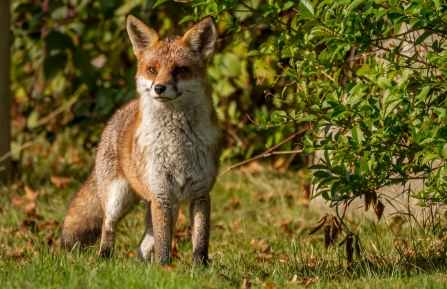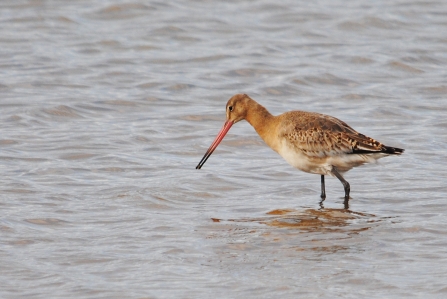Over the last two weeks, changing public health advice has caused pendulum-swings in the numbers of people visiting the countryside and, apparently, the amount of wildlife visiting our gardens and public places. First, a mass wave of people were enticed outdoors for their physical and mental wellbeing by the spring weather and free parking being offered at many open spaces. This quickly became so successful that social distancing in public places and even National Parks was becoming impossible. And so free parking was stopped and, even more significantly following the government’s stricter stance early last week, many open spaces and car parks were closed –including some Wildlife Trust sites.
Now more than ever we know that people need access to nature: whether from our windows, in our gardens, or pausing in a quiet glade as we walk or run for our daily exercise. We need to get our fix of nature daily and this is possible given the current restrictions. The Trust has recognised this need through its education and engagement programme for many years. With more people looking for nature we’re bound to notice more, but it seems that nature is also changing its behaviour, coming into the spaces usually dominated by humans.



